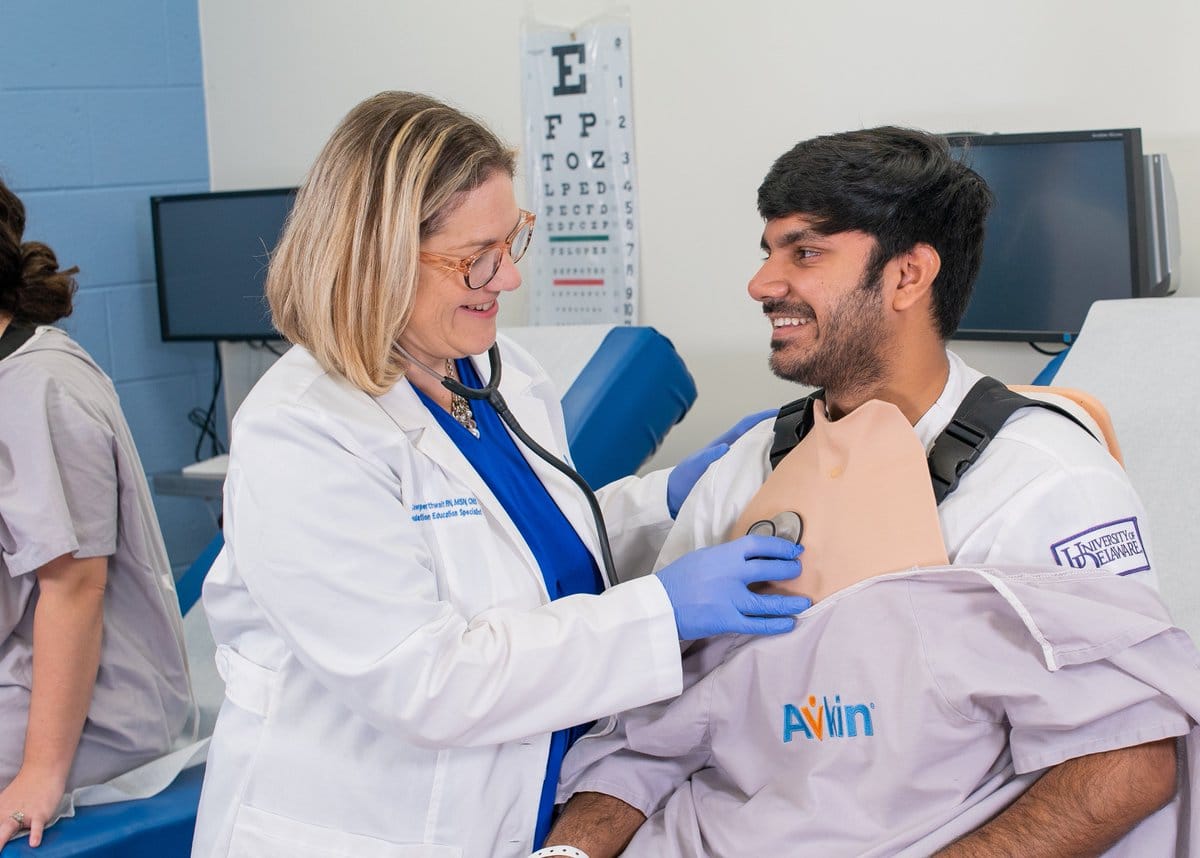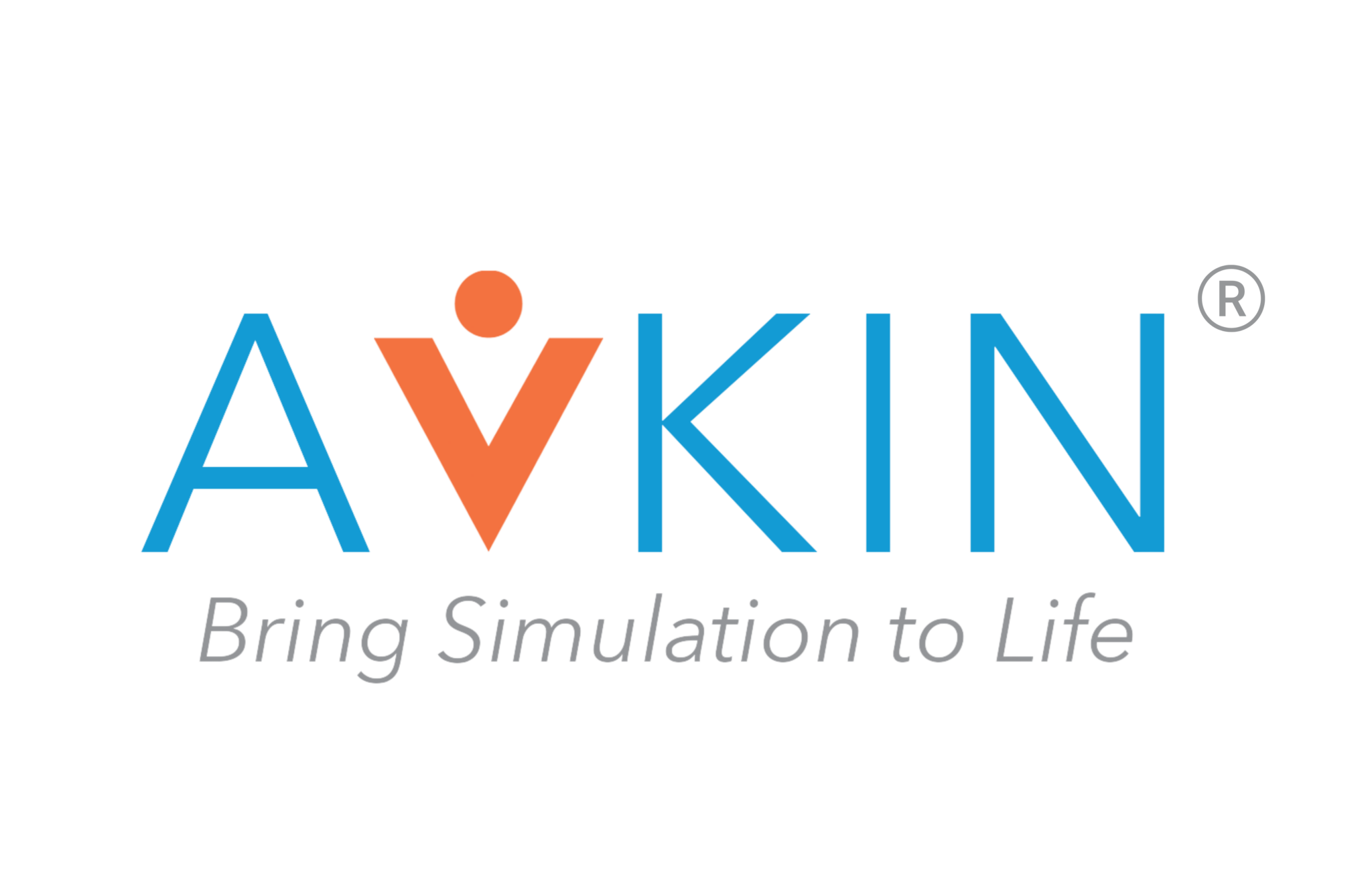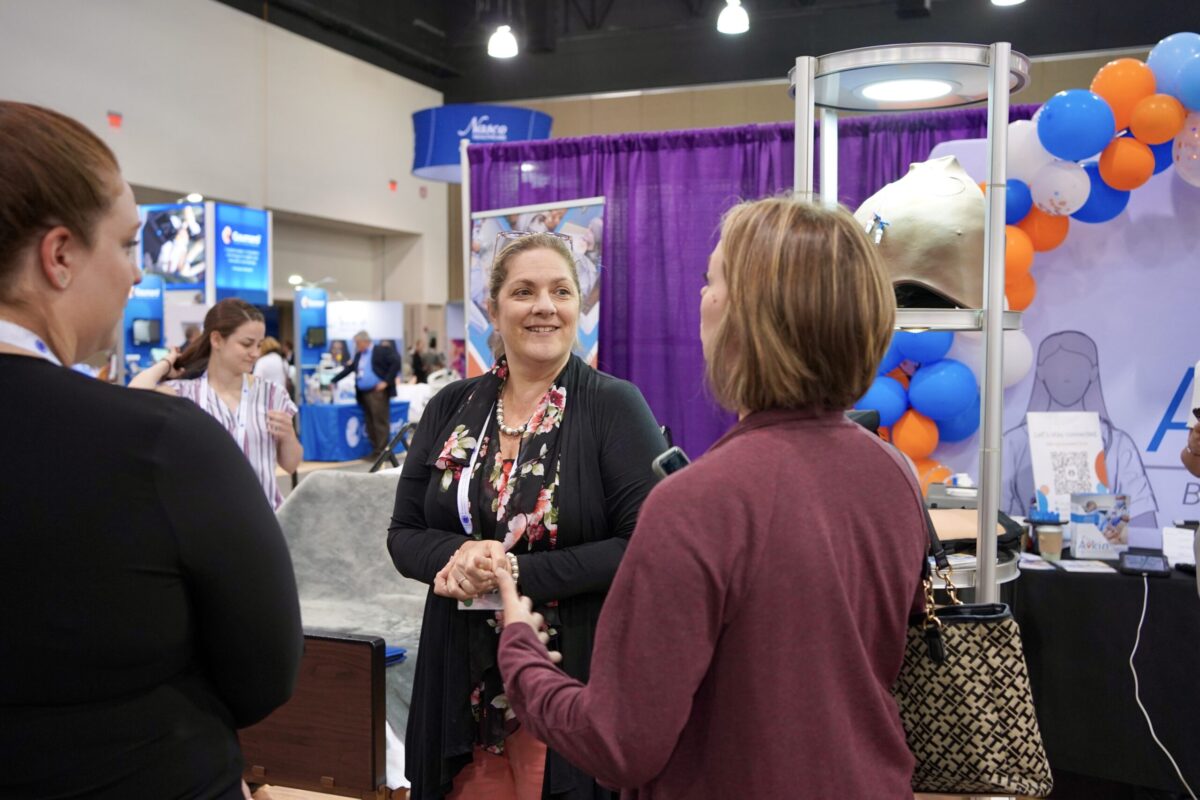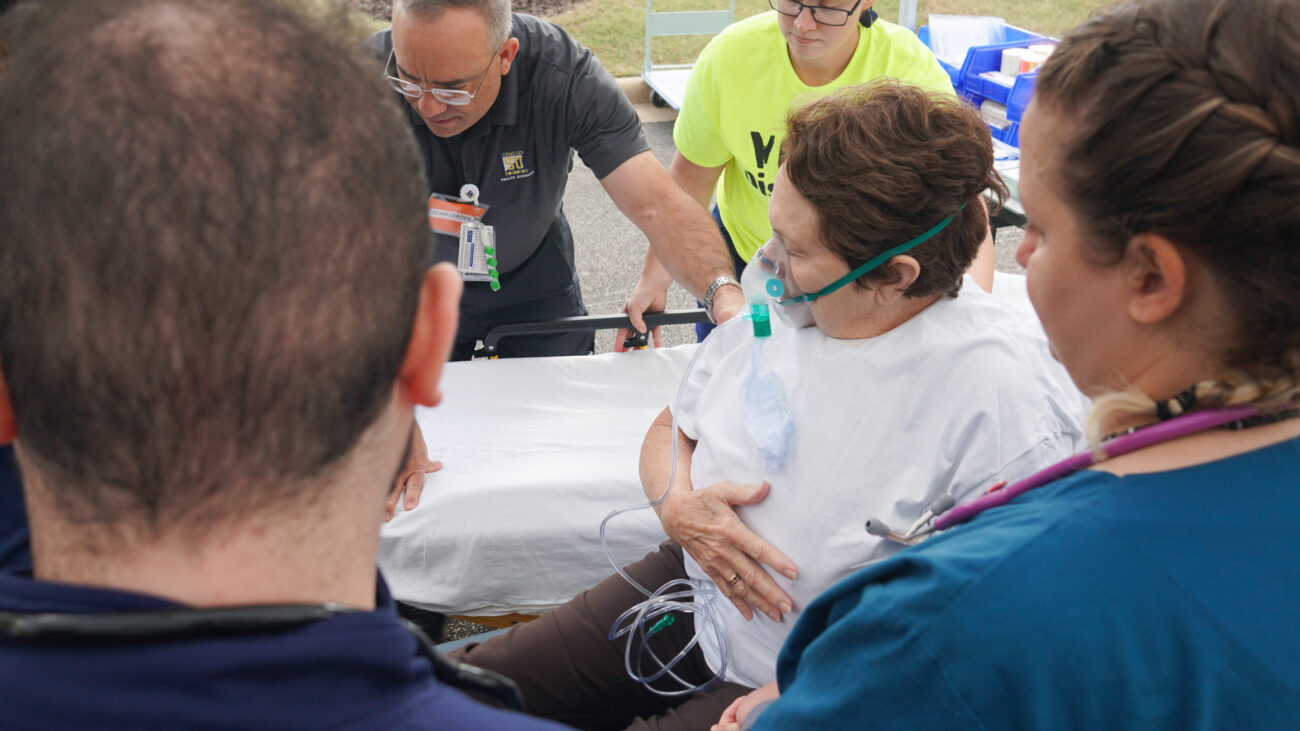As Technology Evolves, So Does Simulation

Healthcare training has evolved dramatically since its inception, thanks to changes in technology. However, at its core, it has always maintained a philosophy of being human-focused.
Initially, when nurses were expected to be proficient generalists, training was observation-based. A new nurse would follow an experience one and learn from their interactions. This training would last from two to three years, and once they graduated, the hospital that owned the training center would hire them as full-time nurses. Some hospital systems are returning to a similar model with Nurse Residency Programs for their hires fresh out of nursing school.
This modality of learning has evolved into the clinical experiences found in almost all healthcare programs. While clinical experiences offer students a chance to interact with patients, it isn’t quite the same as interacting the way a professional caregiver would. The experience is limited by the patient load, and learners are most often paired with stable patients. Understandably, hospitals want to keep the risk of errors low for the more at-risk patients, but the students can only learn from the patients they are assigned.
To create a controllable learning environment, many educators turned to use plastic manikins. While these manikins allow students to practice technical and higher-risk procedures, they are devoid of the human element. As a result, manikins can’t interact with learners in a meaningful way, and learners cannot practice communication – a vital skill in healthcare. Unfortunately, many programs still rely on this now-outdated modality, leaving gaps in a new provider’s skillset.
Thankfully, as technology evolves, so does our ability to create a safe, lifelike learning environment.
The current standard of human-based simulation marries the advantages of clinical encounters with simulation labs. With high-fidelity wearable devices on a live human (Simulated Participant), nursing students can practice technical and communication skills. An additional advantage is that a trained Simulated Participant can give feedback from the patient perspective.
With an increase in realism comes an increase in buy-in, and therefore more skills transfer between the simulation and a real-life encounter. If you would like to ensure that your learners are trained with the industry standard and maximize skills retention, please don’t hesitate to book a meeting.












